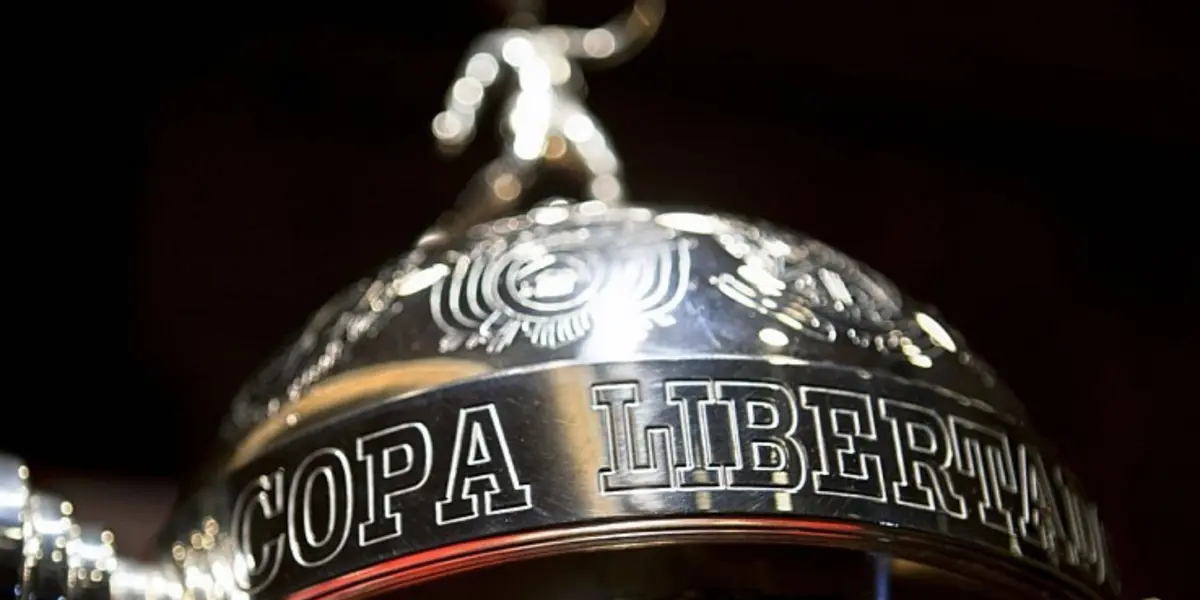In this comprehensive tactical analysis, we delve into the strategies and dynamics of winning teams in the Copa Libertadores da América, one of the most prestigious club football competitions in South America. Understanding the tactical nuances and key elements that lead to success is crucial for both fans and aspiring football professionals.
Define the Tournament
The Copa Libertadores da América, often referred to simply as Copa Libertadores, is an annual club football competition organized by CONMEBOL, featuring top clubs from South America. It is widely regarded as one of the toughest and most prestigious tournaments in the world, comparable to the UEFA Champions League in Europe.
Importance and Relevance
For South American clubs, winning the Copa Libertadores brings immense prestige, financial rewards, and the opportunity to compete on a global stage, such as the FIFA Club World Cup. It also showcases the rich footballing heritage and talent present in the region.
Types and Categories of Winning Strategies
Tactical Formations
Successful teams employ a variety of tactical formations, including the popular 4-3-3, 4-2-3-1, and 3-5-2 setups. Each formation offers distinct advantages in terms of attacking prowess, defensive stability, and midfield control.
High Pressing Game
Many winning teams adopt a high pressing game, aiming to win back possession quickly in the opponent’s half. This aggressive approach disrupts the opposition’s build-up play and creates scoring opportunities through turnovers.
Counter-Attacking Style
Another effective strategy is the counter-attacking style, where teams defend compactly and look to exploit spaces behind the opponent’s defensive line with rapid counter-attacks. This strategy is particularly potent against teams that commit many players forward.
Symptoms and Signs of Effective Tactics
Fluid Movement Off the Ball
Winning teams showcase fluid movement off the ball, with players constantly interchanging positions to create passing lanes and confuse the opposition’s defense. This movement requires high football intelligence and coordination among teammates.
Precision Passing and Decision Making
Effective tactics are evident in precise passing sequences and quick decision-making on the field. Players in winning teams exhibit exceptional vision and awareness, often making split-second decisions that lead to goal-scoring opportunities.
Causes and Risk Factors for Tactical Failures
Lack of Defensive Discipline
One of the common risk factors for tactical failures is a lack of defensive discipline. Teams that are vulnerable to counter-attacks or struggle to maintain compact defensive shapes often concede goals due to defensive lapses.
Overreliance on Individual Brilliance
While individual brilliance can be a game-changer, overreliance on individual performances without cohesive team tactics can lead to inconsistent results. Successful teams balance individual talent with collective strategies.
Diagnosis and Tests for Tactical Effectiveness
Performance Against Top Opponents
A key diagnostic test for tactical effectiveness is the team’s performance against top opponents in high-stakes matches. Winning teams consistently deliver results against formidable rivals, showcasing their tactical acumen under pressure.
Statistical Analysis
In-depth statistical analysis, including metrics such as possession percentage, passing accuracy, shots on target, and goals scored, provides valuable insights into a team’s tactical strengths and areas for improvement.
Treatment Options for Tactical Enhancement
Tactical Training Sessions
Coaches conduct intensive tactical training sessions to enhance team cohesion, tactical understanding, and decision-making abilities. These sessions focus on specific strategies, set-piece routines, and defensive structures.
Video Analysis and Feedback
Video analysis tools allow teams to review match footage, analyze opponents’ tactics, and identify areas for tactical improvement. Coaches provide detailed feedback to players, emphasizing tactical adjustments and execution.
Preventive Measures for Sustained Tactical Success
Squad Rotation and Depth
Maintaining a balanced squad with depth in key positions allows teams to rotate players effectively, manage fatigue, and adapt tactical approaches based on opponents and match situations.
Continuous Tactical Evolution
Successful teams prioritize continuous tactical evolution, staying abreast of new trends, innovations, and opponent-specific strategies. Flexibility in tactics and the ability to adapt during matches are essential for sustained success.
Personal Stories and Insights from Winning Coaches
Marcelo Gallardo – River Plate
“I believe in a proactive style of play that combines possession football with quick transitions. It’s crucial for players to understand their roles and execute tactical instructions with precision.”
Renato Gaúcho – Grêmio
“Adaptability is key in modern football. We study our opponents thoroughly and make tactical adjustments to exploit their weaknesses while minimizing our vulnerabilities.”
Conclusion
In conclusion, the tactical analysis of winning teams in the Copa Libertadores da América highlights the intricate strategies, effective tactics, and continuous evolution required for success in elite football competitions. By understanding and implementing these tactical insights, teams can enhance their chances of achieving glory in this prestigious tournament.
